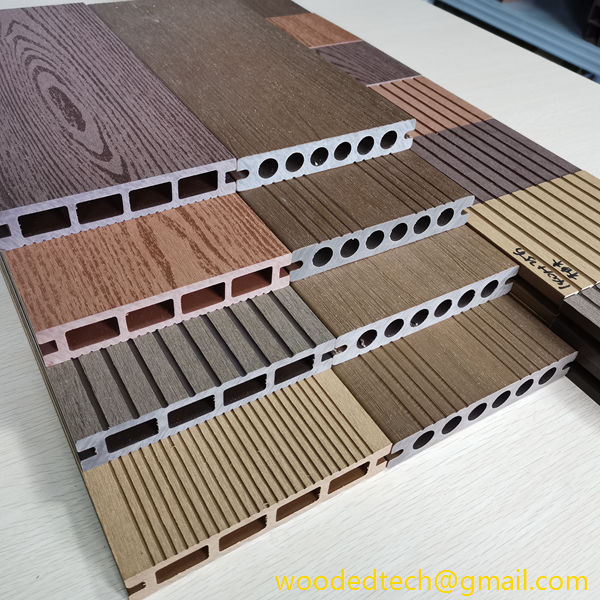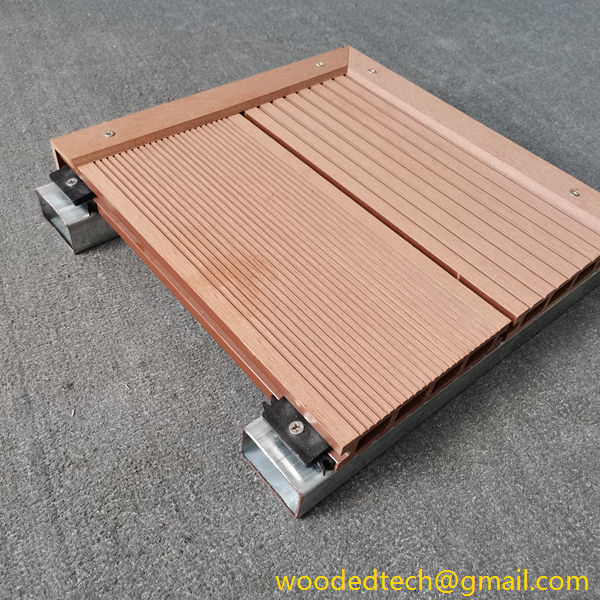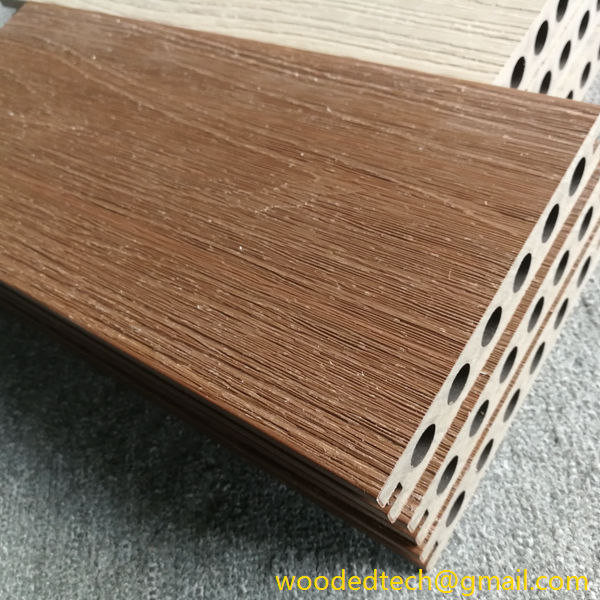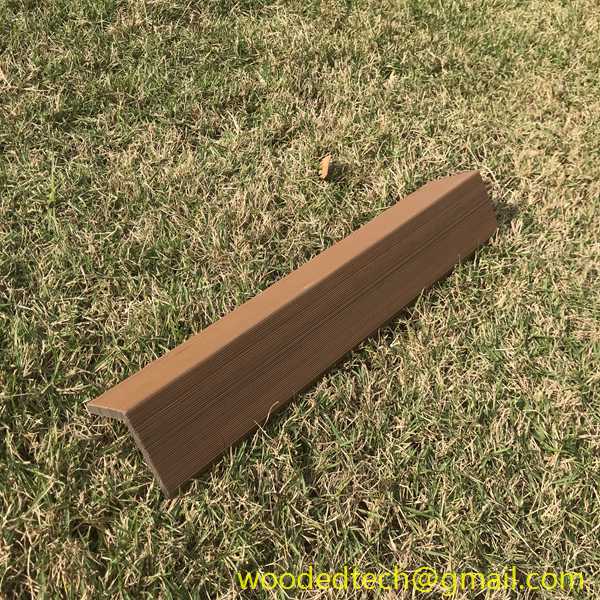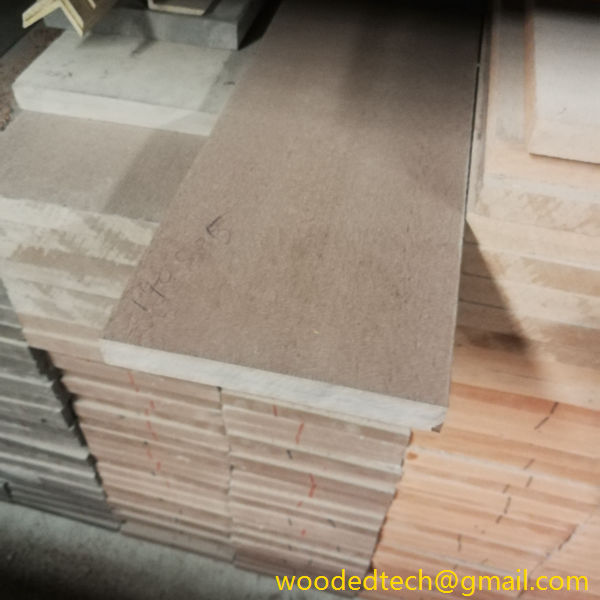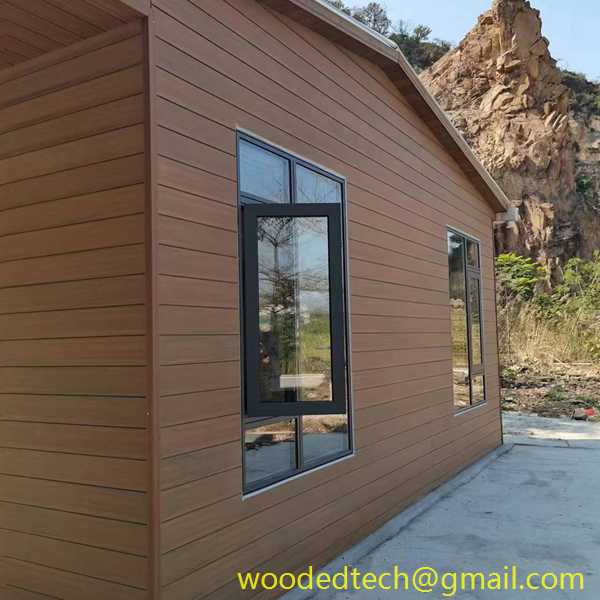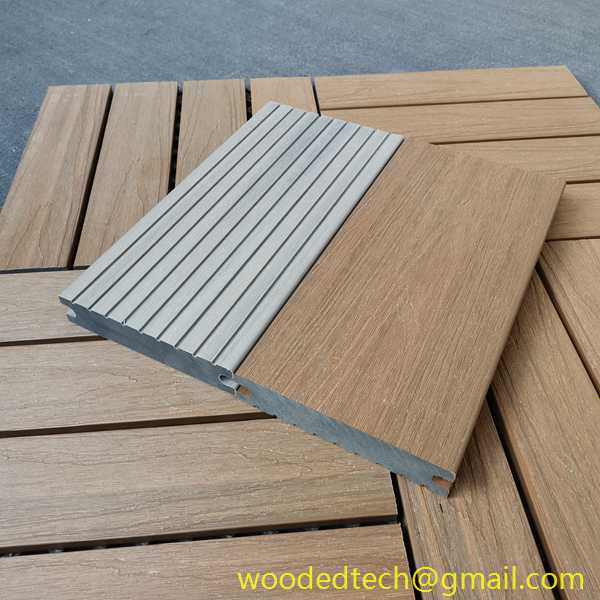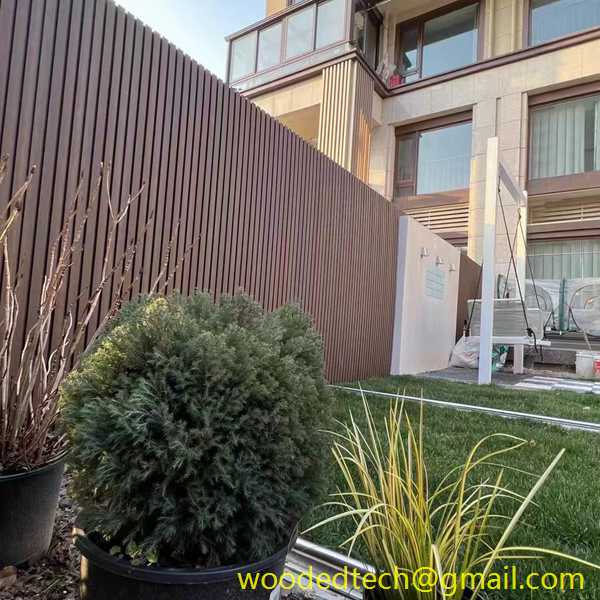WPC flooring, or Wood Plastic Composite flooring, has gained significant popularity in recent years due to its unique combination of aesthetics, durability, and affordability. As we delve deeper into the global landscape of WPC flooring production, it becomes evident that the distribution of manufacturing capacity and pricing advantages play crucial roles in shaping the market dynamics.
The global production of WPC flooring is heavily concentrated in specific regions, with North America and Europe being the primary hubs. These regions have well-established manufacturing facilities that benefit from advanced technology and skilled labor. In North America, the demand for WPC flooring has surged due to the growing trend of home renovations and the increasing awareness of sustainable building materials. Major manufacturers in this region have invested heavily in research and development, leading to innovative products that cater to diverse consumer preferences.
In Europe, countries like Germany and Belgium have emerged as key players in the WPC flooring market. European manufacturers often emphasize environmentally friendly production processes, which resonate well with the eco-conscious consumer base. The European market is characterized by a wide range of designs and finishes, appealing to a variety of styles and preferences. As a result, European WPC flooring not only competes on quality but also on aesthetic appeal.
Asia-Pacific is another critical region for WPC flooring production, with countries like China and India ramping up their manufacturing capabilities. China, in particular, has become a manufacturing powerhouse, leveraging its extensive supply chain and cost-effective labor. This has allowed Chinese manufacturers to produce WPC flooring at competitive prices, making it an attractive option for international buyers. However, the challenge for these manufacturers lies in maintaining consistent quality as they scale up production.
The price advantage of WPC flooring is one of its most compelling features. Compared to traditional hardwood flooring, WPC flooring offers a more budget-friendly alternative without compromising on visual appeal. The composite nature of WPC flooring means that it can mimic the look of natural wood while being more resistant to moisture and wear. This characteristic makes it particularly suitable for areas prone to humidity, such as kitchens and bathrooms.
As the global market for WPC flooring expands, the pricing strategy adopted by manufacturers becomes increasingly important. Companies that can effectively balance quality and affordability are likely to capture a larger market share. In regions where labor and production costs are lower, such as Asia, manufacturers can offer competitive pricing that appeals to budget-conscious consumers.
Moreover, the rise of e-commerce has transformed how WPC flooring is marketed and sold. Online platforms have made it easier for consumers to access a wide range of products from different manufacturers around the world. This increased accessibility has led to greater price competition, forcing manufacturers to find ways to optimize their production processes and reduce costs. As a result, consumers are benefiting from lower prices and a broader selection of WPC flooring options.
In addition to price competition, manufacturers are also focusing on value-added services to differentiate themselves in the market. Offering comprehensive warranties, easy installation solutions, and excellent customer service can enhance the overall consumer experience and justify a higher price point. Companies that prioritize customer satisfaction are more likely to build brand loyalty and encourage repeat purchases.
Sustainability is another critical factor influencing the WPC flooring market. As consumers become more environmentally conscious, the demand for sustainable products has risen. Manufacturers that adopt eco-friendly practices, such as using recycled materials in their production, can capitalize on this trend. This not only helps in reducing production costs but also appeals to a growing segment of consumers who prioritize sustainability in their purchasing decisions.
In conclusion, the global distribution of WPC flooring production and the inherent price advantages s